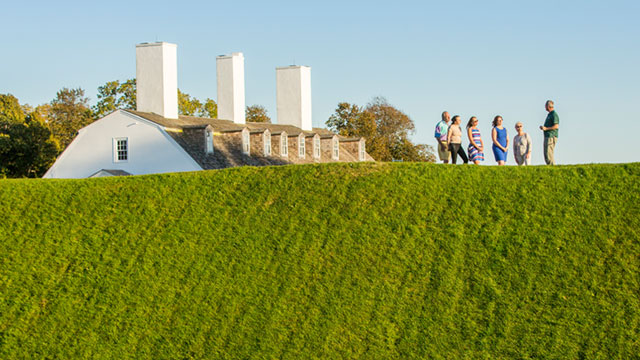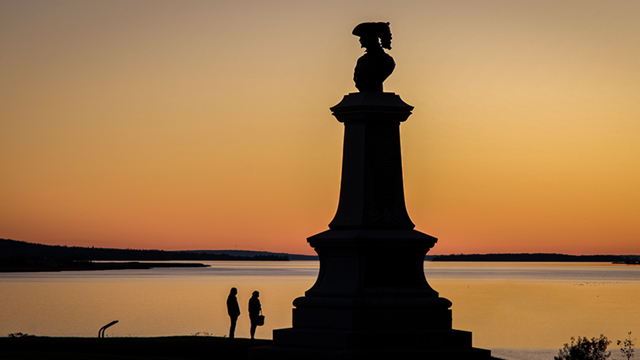
Activities and experiences
Fort Anne National Historic Site
Soak up thousands of years of history at Canada’s first administered national historic site. Reserve a guided tour with a Parks Canada interpreter and explore the 1797 Officers’ Quarters Museum. Walk the earthen walls of the Vauban fort and learn from the visual displays. Enjoy a picnic along the Annapolis River.
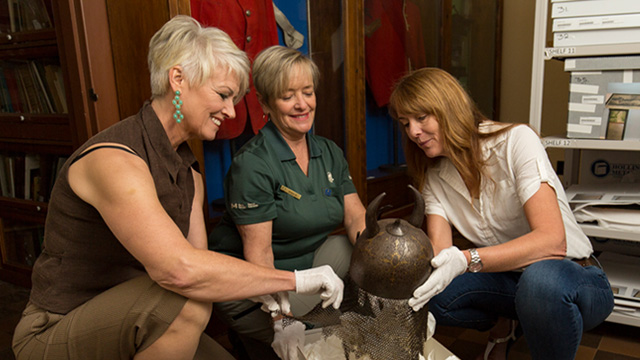
White glove tour
"Behind the scenes" tour of the archives, library, and artifacts in storage. Treasures will be revealed!
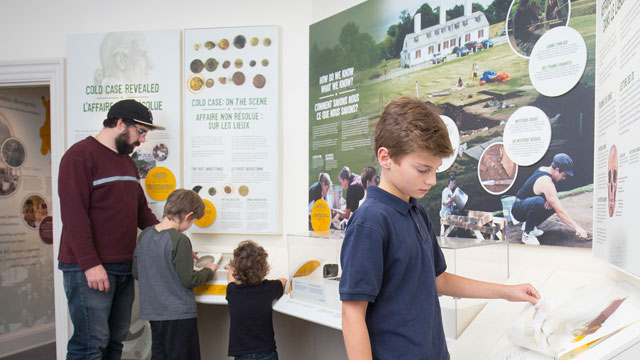
Officers’ Quarters Museum
Dig deeper into the stories of all peoples connected to this place, including Mi’kmaq, Scottish, French, British, Acadian, and African Nova Scotian.

Recreational activities
Run atop the grassy hills or roll down! Fly a kite, take breathtaking photos, or stay for a picnic!
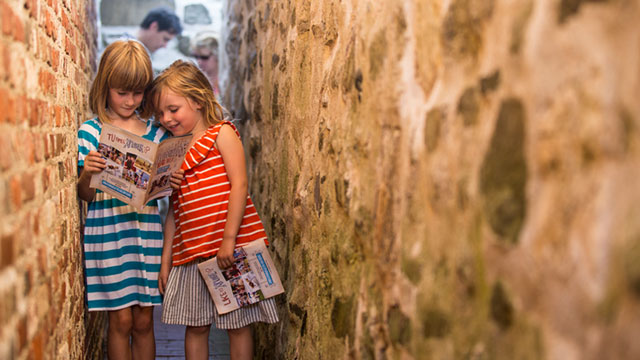
Parks Canada Xplorers
Children complete activities in the booklet and become an official Xplorer with a certificate and a special limited edition souvenir!
Fort Anne Adventures! | Parks Canada
Transcript
Animated Parks Canada logo.
Fort Anne National Historic Site, Annapolis Royal, Nova Scotia. [The Fort Anne Officers' Quarters building is nestled among grassy hills and the Annapolis River.]
Fort Anne National Historic Site, Annapolis Royal, Nova Scotia. [Three visitors walk along the stone wall of the ramparts.]
[A woman and a child leap joyfully atop the stone sally-port archway. Leafy trees are visible in the foreground.]
[Standing in front of a stone arch, a Parks Canada tour guide talks to a father and child.]
[A child runs across a grassy field towards their parents, who are picnicking in front of the Fort Anne Officers' Quarters.]
[The family sits together on the grass with a Parks Canada Perfect Picnic box. The child throws an apple in the air and laughs.]
[The family walks up stone stairs and into a field.]
[Inside the Fort Anne museum, the family walks towards a replica military costume.]
[The father and son try on tricorn hats together, laughing.]
[The father points to the words "Nova Scotia" on a map of Mi'kma'ki. Text on the map says "Pjilas'i / Bienvenue Welcome"
[A split screen shows the child tapping on a touchscreen panel inside the museum.]
[The family sits outside on Parks Canada red chairs. They point at something in the distance.]
[Another angle of the family pointing out to the Annapolis River.]
Parks Canada logo.
Animated Canada wordmark.
[Government of Canada chime]
Things to do
Services and amenities
- Date modified :
